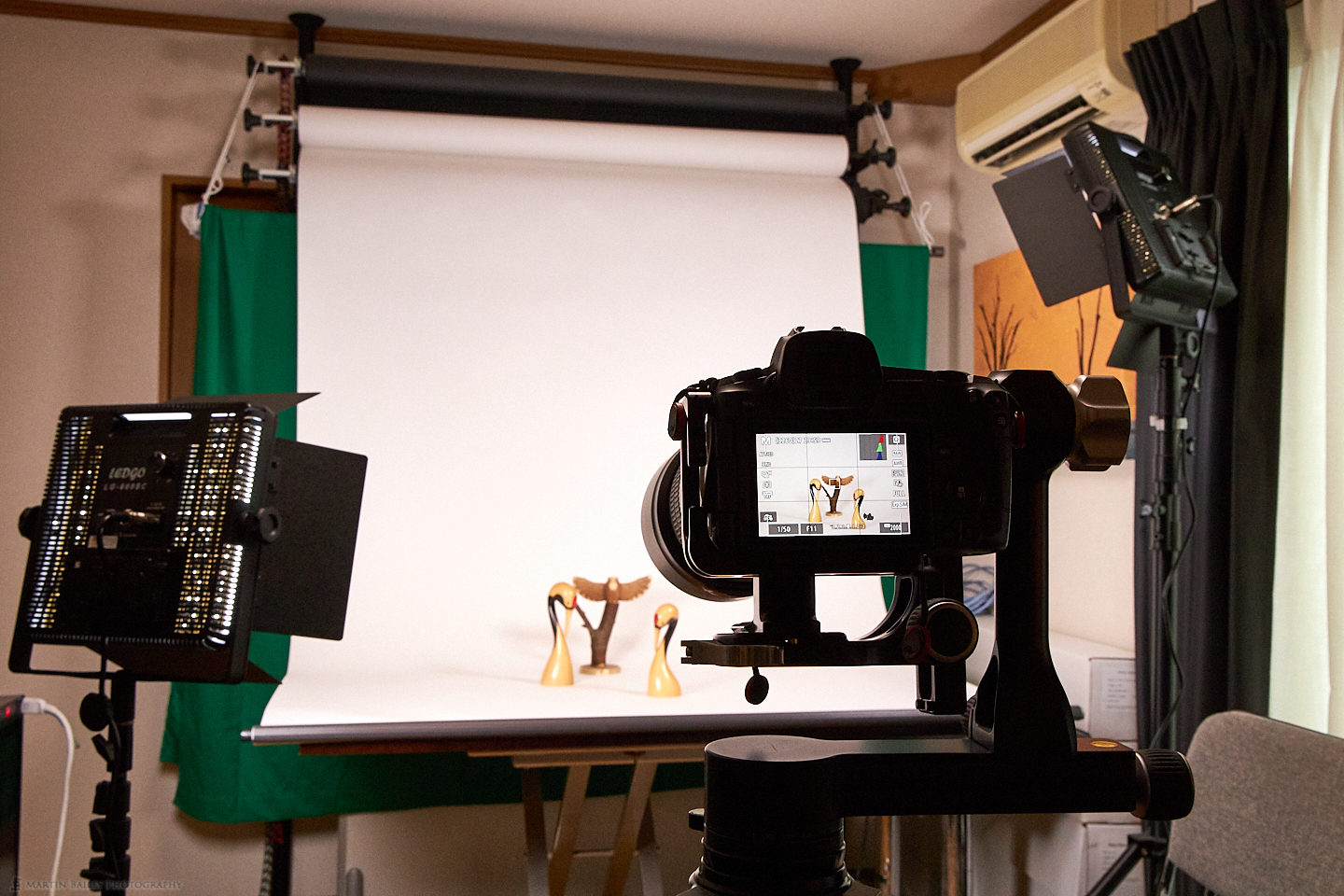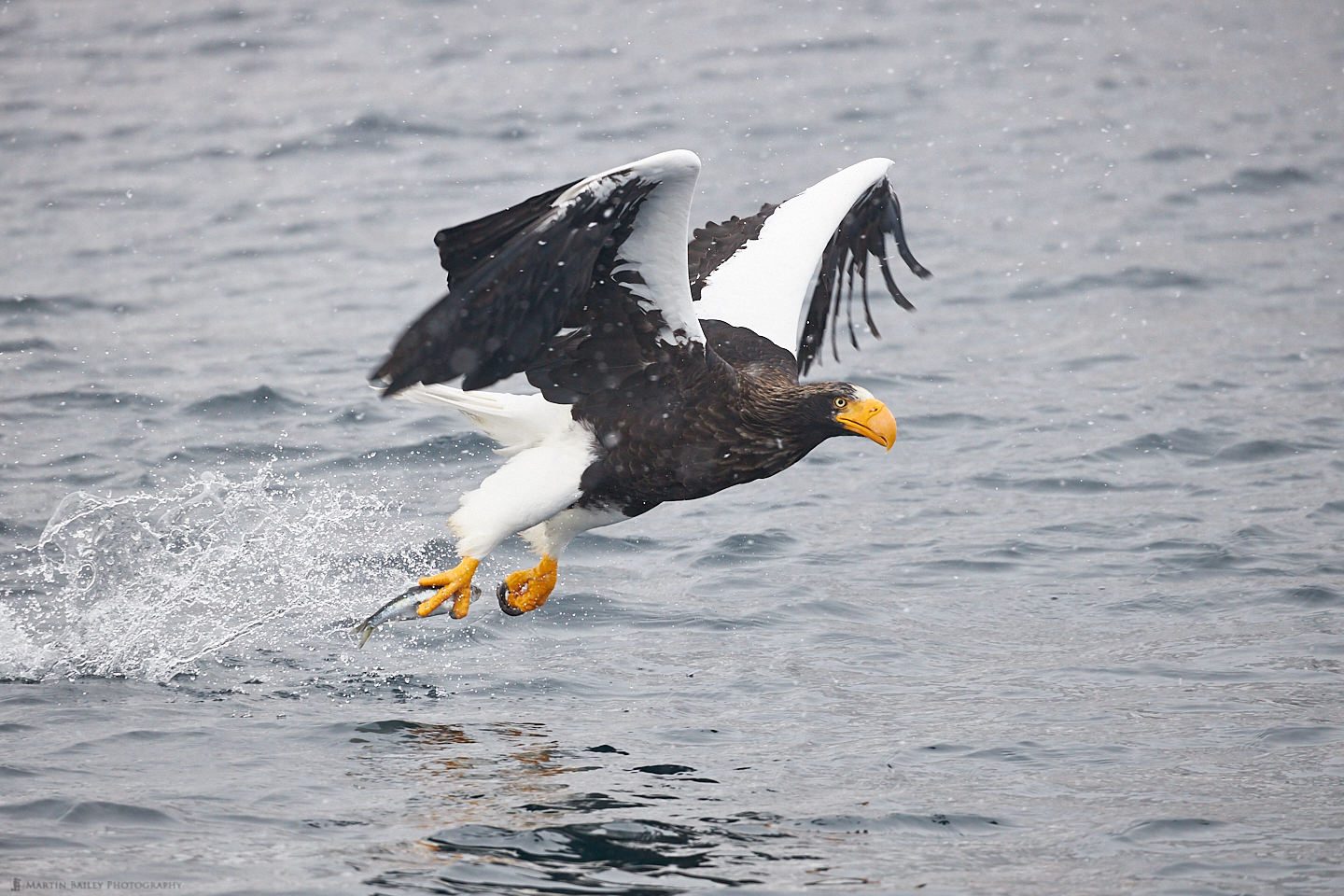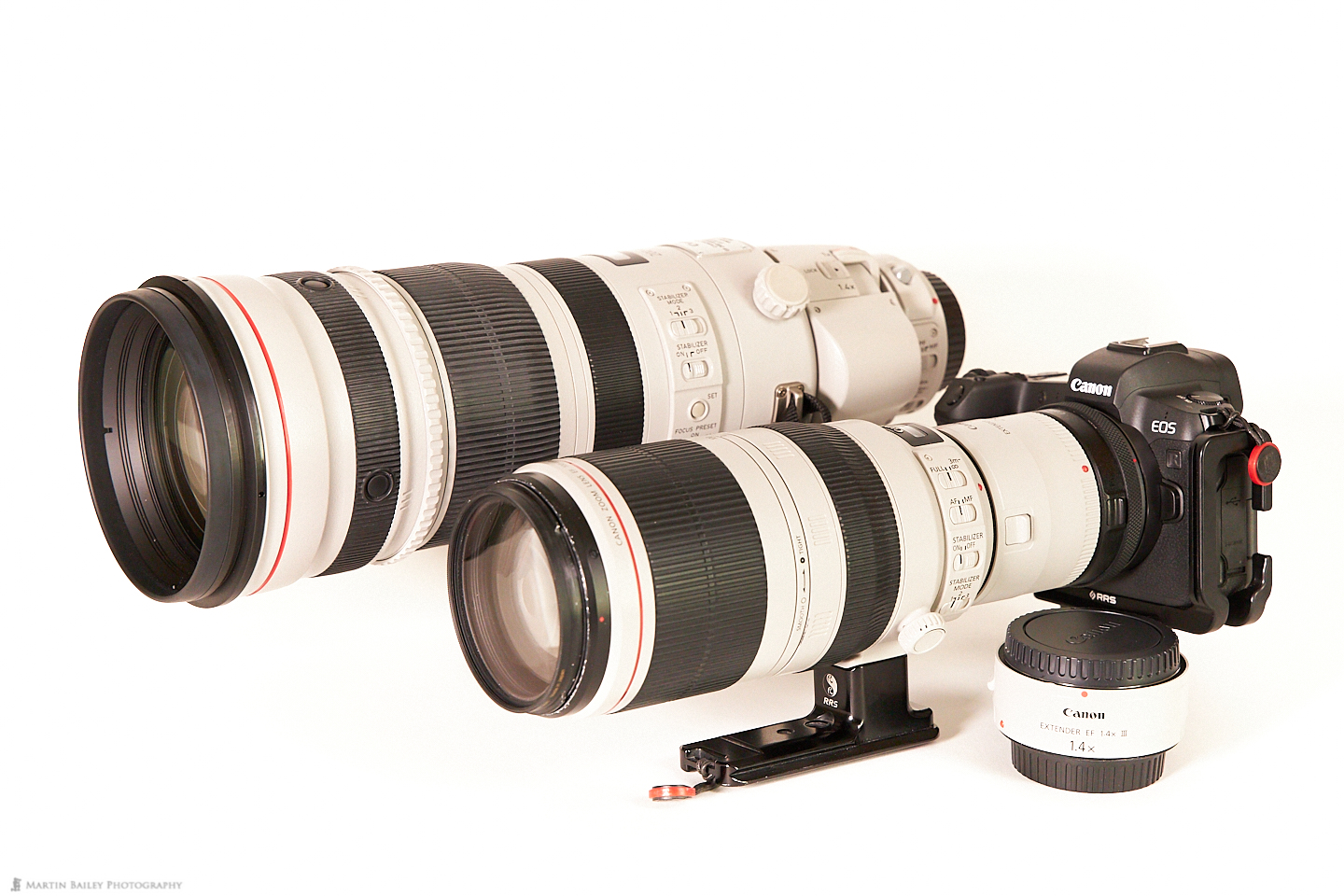This week I answer a question from listener Derek Bezuidenhout, who recently asked what happens with mirrorless cameras when we add an Extender or Teleconverter, so I’m dedicating this week’s episode to answering that Derek’s excellent question, which I’ll read out to you now.
As we know, when using an extender we typically lose 1 stop of light for a 1.4X extender or 2 stops of light through the lens for a 2X extender. And when using an extender on a DSLR, because of the way the focusing mechanism works, either the camera won’t be able to focus at all, or it will only be able to use the
Derek Bezuidenhoutcentre focus point.
With mirrorless cameras, the focusing mechanism is completely different – it uses the main sensor instead ofdedicated focus points. So does that mean that with an extender on a mirrorless body we would be able to reliably use all (or most of) the available AF points, rather than just the middle one?
I can’t believe I didn’t think to mention this in my EOS R reviews, but I didn’t, so I really appreciate this question. Thanks, Derek! I’m sure you’ll be happy to hear that you surmised exactly what happens as you posed your question.
DSLRs Today
The camera manufacturers have made strides in their recent years, enabling most modern DSLR cameras to focus with extenders down to an aperture of f/8. What this means, is if you are using an f/4 lens, and put on a 2X Extender, which reduces your aperture by two stops, your camera’s widest aperture changes from f/4 to f/8, and you maintain autofocus on at least the center focus point, sometimes more, depending on the camera.
If however, the minimum aperture of your lens is smaller than f/4, for example like my 100-400mm lens, with its widest aperture of f/4.5 at 100mm or f/5.6 when zoomed in to 400mm, on a DSLR that only focusses down to f/8, because I would be forced down to f/11 at 400mm when adding two stops, the autofocus stops working.
The Mirrorless Advantage
Because Mirrorless cameras focus differently, as Derek pointed out, at least as far as my Canon EOS R goes, it will continue to focus down to f/11 and what’s more, according to Canon’s website, you can continue to use autofocus across the full range of 88% x 100% on the image frame if you are using Mark III Extenders, which I am. This is the same as when you are using no extenders. Apparently with Mark I or Mark II Extenders that is reduced slightly to 80% x 80% of the total image frame, which is still very good in my opinion.
When we consider that many DSLR cameras bunch the autofocus points up towards the center of the frame, it becomes quite limiting to where you can place your subject in the frame, especially when photographing something like birds in flight, when you actually might want to place the subject much closer to the edges sometimes.
Demo Video
I tried to think of a way to show you the speed of the autofocusing system and how wide an area the camera will focus across, and figured it was probably best to just show you in a video, so I hooked my EOS R up to a video capture box and recorded my screen as I switched between my 100-400 f/4.5-5.6 Mark II Lens with no Extender fitted, to using it with the 1.4X Extender, and then the 2X Extender. I also show the 200-400mm with its built-in 1.4X Extender engaged, and a 2X Extender fitted, so both are focussing at f/11 with the 200-400mm lens at a focal length of 1120mm.

Finally, I disengage the built-in 1.4X Extender to show you the effects of just having the external 2X Extender fitted. For all of these demonstrations, I was using the Canon Control Ring Mount Adapter to fit these EF lenses to the RF Mount of the EOS R.
Things to note are that autofocus does slow down very slightly, especially when using the 1.4X and 2X Extenders together. Also note that I did these demonstrations in my studio with bird ornaments, so in reality, when the autofocus has further to physically travel, it can be a little bit slower than you’ll see in the video as well. Anyway, here is the video, so please take a look.
I hope you found that interesting or at least useful to see. I find it amazing that we can now use autofocus at this level, down to f/11 apertures.
Upcoming Autofocus Improvements via Firmware Update
I noticed too that Canon have just announced a firmware update to improve autofocus further. On the US website it just says coming soon, but in Japan it is slated for the end of September. Here is what Canon are saying:
AF function improvement for EOS R and EOS RP Cameras
A new firmware update for Autofocus (AF) with the EOS R and EOS RP cameras will soon be available. This exciting new update will offer enhanced AF functions to help you better view, track and capture subjects. The three main components are:
- Eye Detection AF will be improved so you can better focus on a moving subject’s eye even if it is far away or when the face appears small in the viewfinder.
- AF frame tracking is improved so there is virtually no delay between the actual focusing and when it’s displayed in the AF frame, helping you continuously track the subject and shoot comfortably.
- The AF function works faster overall so even at a distance, you can capture the subject quickly.
This firmware will be available via a free download in the coming weeks. Stay tuned.
I look forward to seeing how these changes affect autofocusing, and I can’t wait to see where the autofocus on mirrorless cameras leads us next. I honestly did not expect autofocus on these cameras to be anywhere near as good as it’s proven to be. Being able to focus on a sea eagle a split-second before it snatches a fish from the sea, as in this photograph from this year

Anyway, we’ll wrap it up there for this week. Thanks once again to Derek for the great question! Also, note that I’m running behind on the development of my new Mentorship system. Various things and other commitments have kept me a little too busy lately, but I am working on it and hope to release something very soon.
Show Notes
Audio
Subscribe in iTunes to get Podcasts delivered automatically to your computer.
Download this Podcast as an MP3 with Chapters.
Visit this page for help on how to view the images in MP3 files.



Hey Martin – how would I enable/disable the internal extender on my EOS R?
Hi Robert! Sorry for the confusion. The “internal” extender that I mention is built into the 200-400mm lens, not the camera. There is no internal extender in the EOS R.
Thank you so much for this valuable information Martin. I am new to the photography and am trying to learn what I can before I invest in a camera (which will be the EOS R) and other gear. Your clear explanation and use of video for demonstration is outstanding and very much appreciated.
You’re welcome Greg. Glad you found this useful.
Regards,
Martin.
Hi Martin. Great review, thank you for that.
Being a Canon DSLR user, I’m one step away from getting my first MILC. Just one question remains to be addressed.
What will happen if I stack two extenders for getting maximum reach? On a f/2.8 telephoto lens, aperture will go down to 8 and 11. But will the combo AF on EOS R or R6?
Thank you in advance.
Hi Quazi,
Great question. The Canon mirrorless cameras can autofocus down to f/11, so yes, you’d still be able to use that combination with AF on the EOS R and R6.
I hope that helps!
Regards,
Martin.